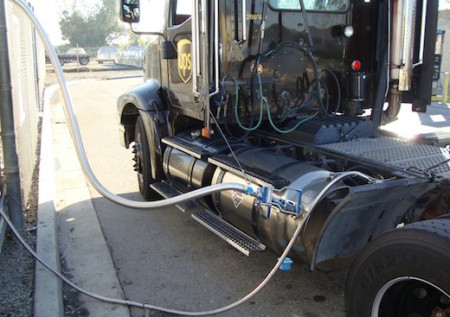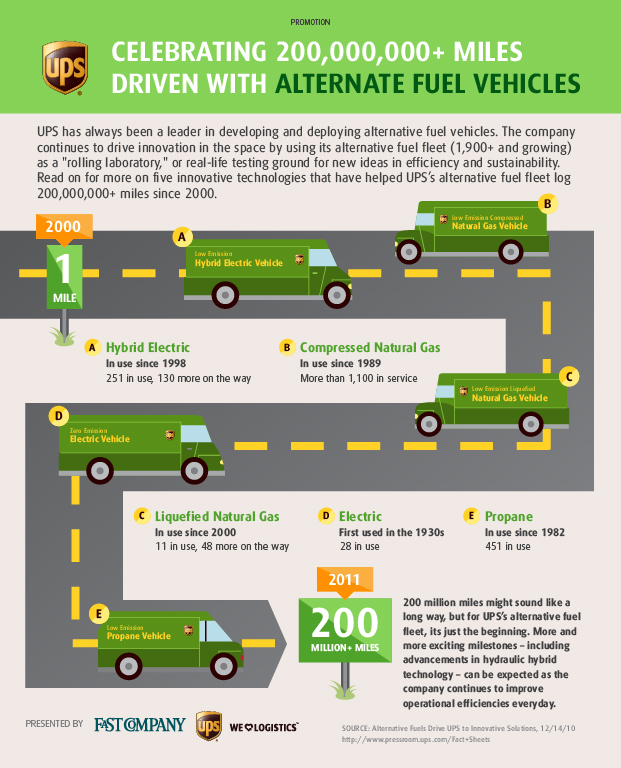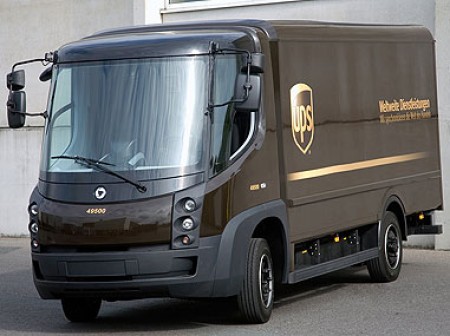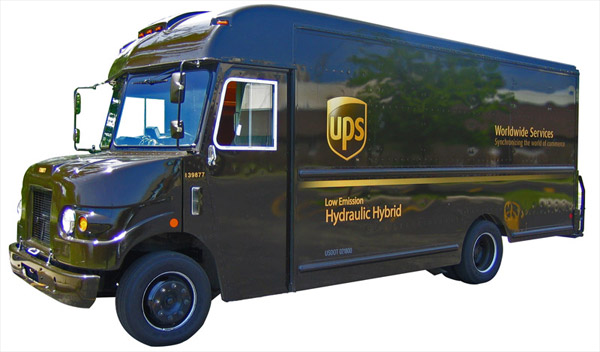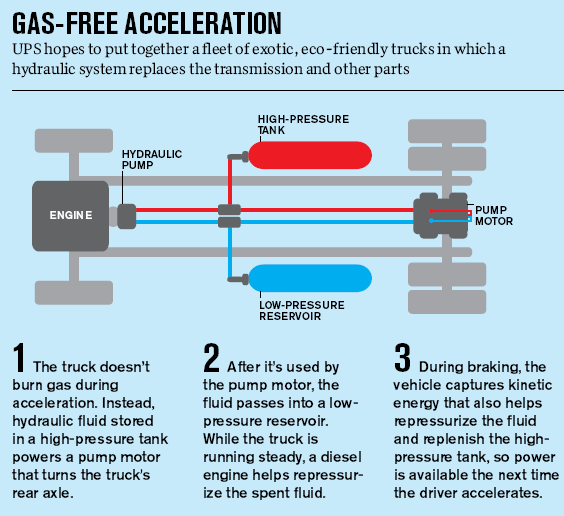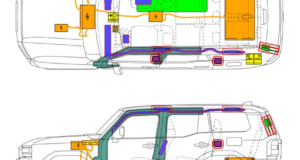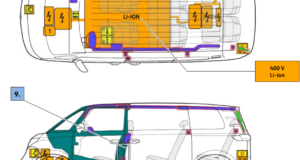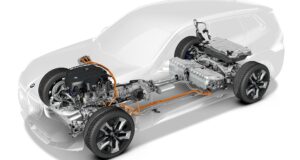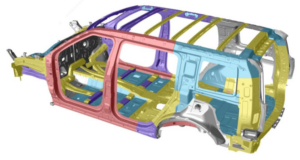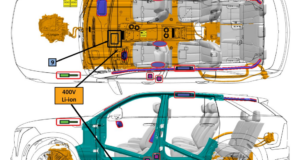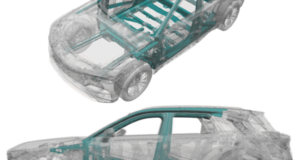UPS operates alternative fuel vehicles (AFV) in the United States, Canada, France, Germany, Brazil, the UK and Hong Kong. Eight different alternative fuel options are used by UPS; compressed natural Gas, propane, hybrid-electric vehicles, all-electric vehicles, LNG, ethanol-powered delivery vehicles (in Brazil), and liquefied petroleum (in Korea).
UPS has always been a leader in developing and deploying alternative fuel vehicles. The LNG tractors currently make a round trip from LA to Las Vegas and with a new LNG fueling station in Salt Lake City look for my trucks on the roads.
Since UPS started tracking miles driven by its AFV in 2000, the company’s “green fleet” has logged over 200 million miles. That’s the equivalent of nearly three round trips to Mars or circling the Earth more than 8,600 times. UPS estimates that its AFV (1,900+ and growing) will drive the next 200 million miles by 2017. Read on for more on five innovative technologies that have helped UPS hit this exciting milestone.
UPS also uses the Navistar eStar fully electric vehicle.
UPS Hydraulic Hybrid Vehicles (HHV)
How does the HHV work?
UPS deployed 45 ethanol-powered delivery vehicles in Brazil.
 Boron Extrication An in-depth look into vehicle extrication and rescues involving today's automobiles
Boron Extrication An in-depth look into vehicle extrication and rescues involving today's automobiles
